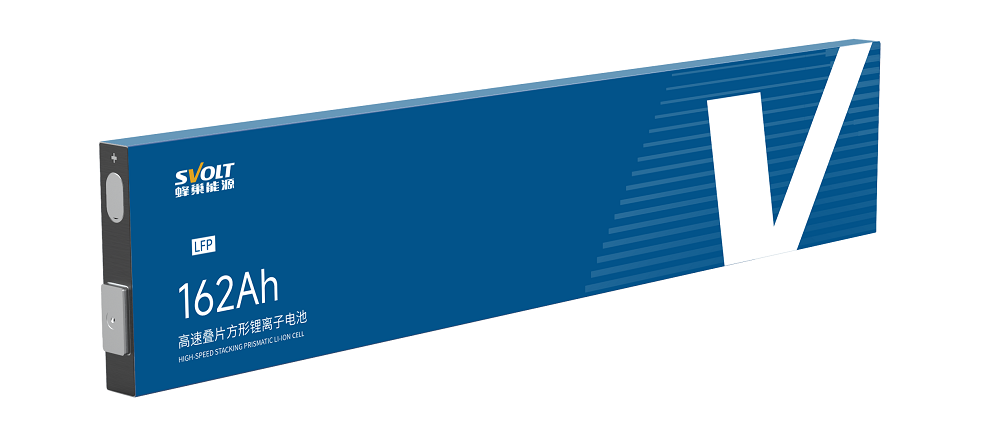SVOLT expects to deliver 100,000 sets of 2nd-gen short-blade fast-charging iron lithium cells in 2024
Shanghai (ZXZC)- SVOLT recently announced that its second-generation short-blade fast-charging iron lithium cells have completed mass delivery to customers from its Shangrao and Yancheng bases, with an expected total delivery volume of 100,000 sets this year.
This short-blade cell incorporates Flying Stacking thermal composite technology for the first time and uses SVOLT's self-developed third-generation lithium iron phosphate cathode material. Despite offering a 2.2C fast-charging capability, the energy density remains high at 188Wh/kg, with peak performance exceeding 3C. This reduces the charging time to just 15 minutes, achieving a perfect combination of high energy density and fast charging.

Photo credit: SVOLT
As the "Fly Stacking + Short Blade" technological approach gains industry recognition, companies such as CALB, Gotion High-tech, Geely, and GAC Group have begun developing short-blade and stacking production lines. In the crucial stacking process for the second-generation short-blade cells, SVOLT has implemented its stacking process 3.0, the Flying Stacking, which the company claims is the highest-efficiency stacking method in the industry.
The Flying Stacking process offers several advantages:
(1) Short-blade fast-charging cells require thin electrodes, which need more layers in the same cell size. Traditional stacking technology is less efficient, whereas the Flying Stacking significantly improves efficiency, making it more suitable for thin electrode fast-charging designs.
(2) Low internal resistance is key for fast charging. The Flying Stacking technique employs a multi-tab parallel structure, reducing internal resistance by 7% compared to wound cells, and lowering fast-charging temperature rise by 2-3°C, thereby enhancing fast-charging performance.
(3) The electrodes in the Flying Stacking process are flatter, providing better consistency in force and heat dissipation compared to wound cells, which improves energy density, cycle life, and fast-charging capability.
(4) The unique diaphragm edge sealing technology in the Flying Stacking process increases electrolyte storage space by 2%, which is beneficial for fast-charging cells that consume electrolytes quickly, thus supporting longer cycle life.
For instance, at SVOLT's Shangrao base, the factory uses 20 self-developed Flying Stacking devices across four cell production lines. This setup reduces equipment usage by about 50% compared to the second-generation stacking process, significantly improving efficiency. Additionally, the entire Flying Stacking thermal composite process, from rolling to flying cutting, is fully automated.
Currently, SVOLT's second-generation short-blade batteries are produced on its third-generation cell production lines, which integrate numerous innovative results in equipment development and intelligent integration.
To be specific, the cathode coating width reaches 1,120mm, one of the widest globally. AGV automation in pole roll transport increases efficiency, minimizes human contact with pole rolls, and reduces contamination and damage, ensuring high-quality transmission at every stage.
In the crucial stacking workstation, SVOLT’s third-generation production line uses eight robotic arms to place electrodes onto the stacking station, stacking the anode and cathode together. This process can simultaneously produce eight cell groups, transitioning from single-cell to batch production, resulting in higher efficiency and better production consistency. Notably, each cell group undergoes online short-circuit testing, and any defective items are immediately removed. Additionally, each cell group is marked with a QR code for 100% reverse traceability.

